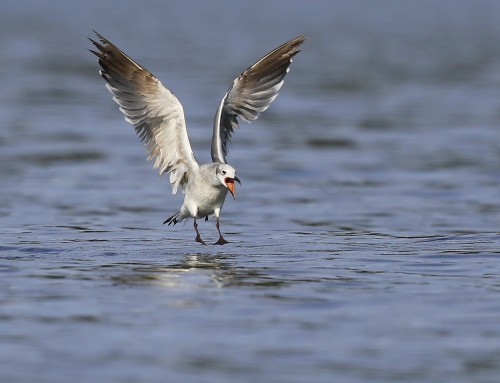Dec. 1, 2023: American Wigeons, migratory waterfowl, breed in northern North America and spend the winters on Cape Cod and farther south. They inhabit various wetlands, prefer shallow waters for feeding, are very social in mixed flocks, and migrate based on weather and food. Wintering involves foraging, resting in sheltered sites, and preparing for the upcoming mating season, attracting birdwatchers with their distinctive appearance. This male Wigeon was recently seen at Mill Pond in Falmouth.
American Wigeons (Anas americana) are dabbling ducks known for their distinctive and colorful plumage. During fall migration on Cape Cod, these ducks, like many other waterfowl, engage in foraging behaviors in large groups as they prepare for their journey south. Here’s a description of how American Wigeons forage during this period:
American Wigeons are often found in a variety of wetland habitats, including estuaries, ponds, lakes, and coastal marshes. Cape Cod provides a diverse range of such habitats, attracting these ducks during migration.
Wigeons are dabbling ducks, which means they feed primarily on the water’s surface or by tipping forward to submerge their heads while keeping their tails in the air. They forage for aquatic vegetation, small invertebrates, and seeds.
During fall migration, American Wigeons often forage in large groups. Group foraging provides several advantages, including increased efficiency in finding food and enhanced protection against predators. The combined efforts of many individuals can help disturb the water, bringing food items closer to the surface.
American Wigeons are social birds, and their foraging behavior often involves social interactions within the group. They may engage in synchronized feeding, with individuals following the movements of others, creating a cohesive foraging unit.
While foraging, these ducks may use vocalizations to communicate with each other. Communication is essential for maintaining group cohesion, alerting others to the presence of potential threats, and coordinating movements.
American Wigeons have a diverse diet that includes aquatic plants, seeds, and small invertebrates. Their foraging behavior adapts to the availability of different food sources in the Cape Cod wetlands.
In between foraging bouts, American Wigeons may rest on the water, preen their feathers, and engage in other maintenance behaviors. This is crucial for maintaining their plumage and ensuring their ability to fly for the continuation of their migration.
It’s important to note that the specifics of American Wigeon behavior during fall migration on Cape Cod can vary based on local environmental conditions, food availability, and other factors. Observing these ducks during migration provides valuable insights into their natural behaviors and adaptations for survival.







Leave A Comment
You must be logged in to post a comment.